| Target | 0.0001 | 0.001 | 0.01 | 0.1 | 1 |
|---|---|---|---|---|---|
 |
 |
 |
 |
 |
 |
 |
 |
 |
 |
 |
 |
 |
 |
 |
 |
 |
 |
| Target | 0.0001 | 0.001 | 0.01 | 0.1 | 1 |
|---|---|---|---|---|---|
 |
 |
 |
 |
 |
 |
 |
 |
 |
 |
 |
 |
 |
 |
 |
 |
 |
 |
| Target | Vanilla GAN | StyleGAN |
|---|---|---|
 |
 |
 |
 |
 |
 |
 |
 |
 |
| Target | $z$ | $w$ | $w+$ |
|---|---|---|---|
 |
 |
 |
 |
 |
 |
 |
 |
 |
 |
 |
 |
| Source | $z$ | $w$ | $w+$ | Target |
|---|---|---|---|---|
 |
 |
 |
 |
 |
 |
 |
 |
 |
 |
| Scribble | $w$ | $w+$ |
|---|---|---|
 |
 |
 |
 |
 |
 |
 |
 |
 |
 |
 |
 |
 |
 |
 |
 |
 |
 |
 |
 |
 |
 |
 |
 |
| Sketch & Prompt | Result 1 | Result 2 |
|---|---|---|
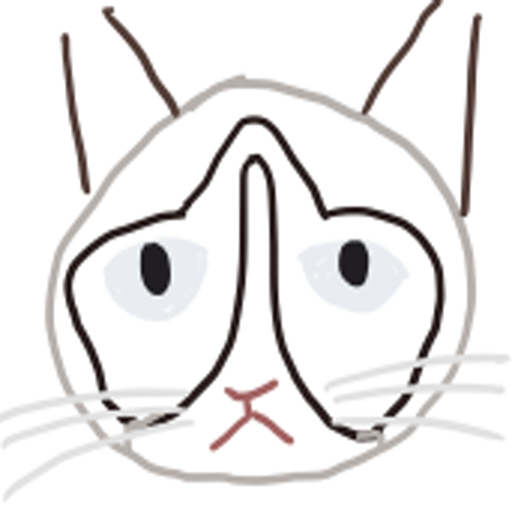
A cute cat, fantasy art drawn by disney concept artists
|
 |
 |
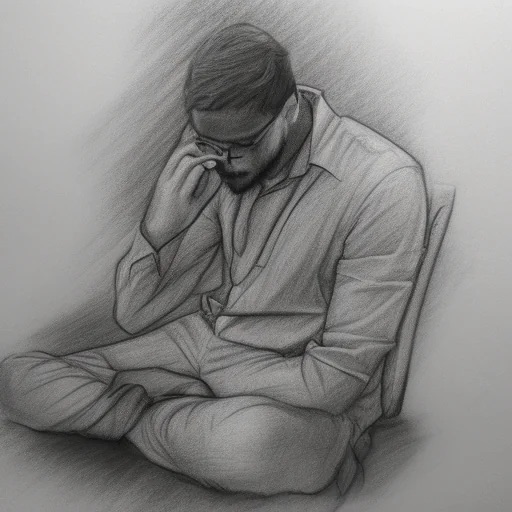
A man thinkng about his homework
|
 |
 |
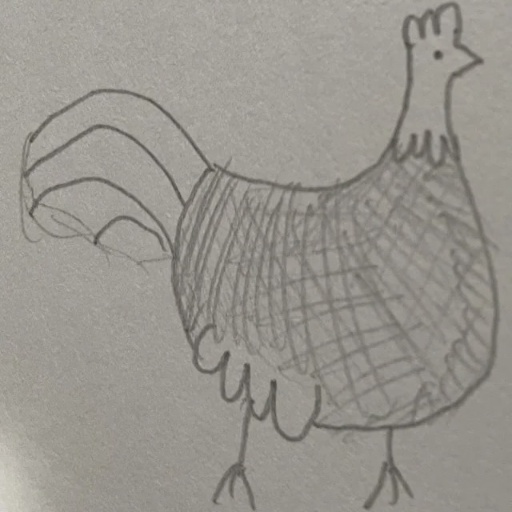
A rooster in a farm, photorealistic
|
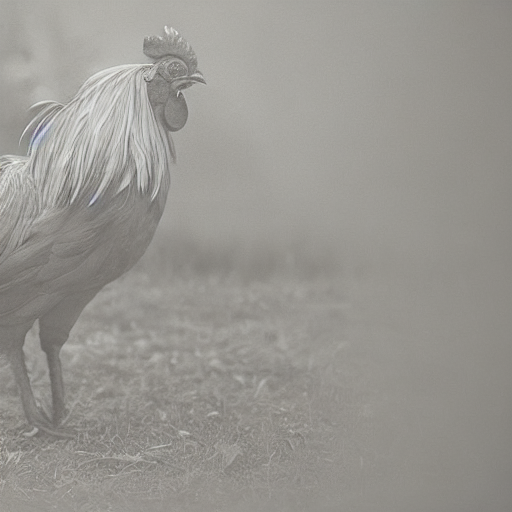 |
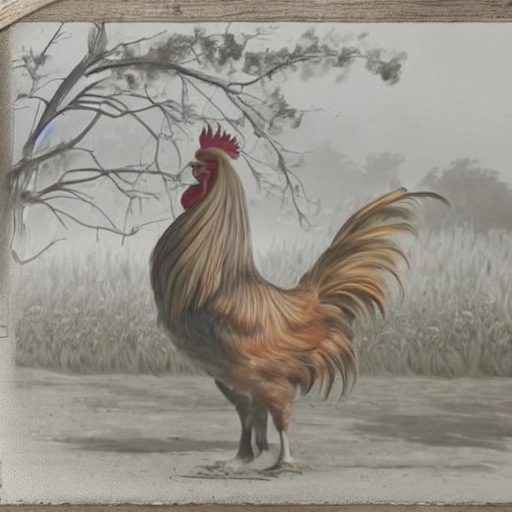 |
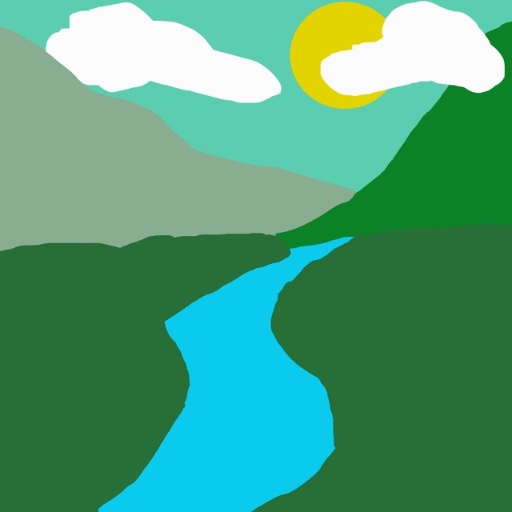
A fantasy landscape with a river in the middle
|
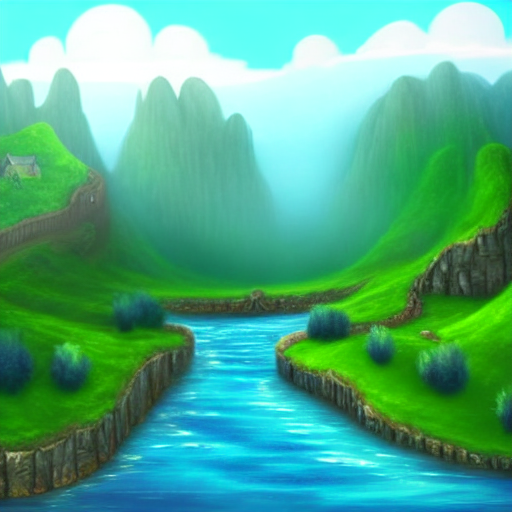 |
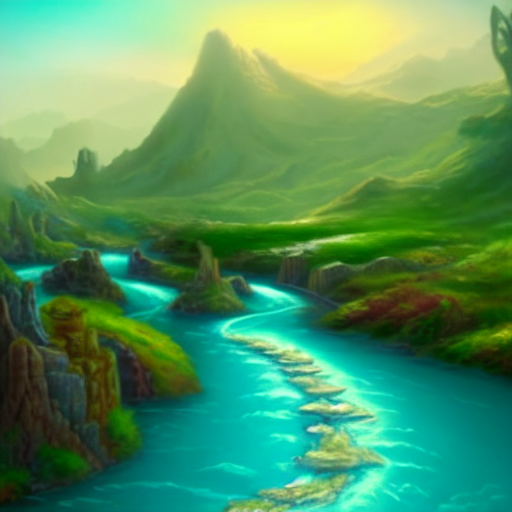 |
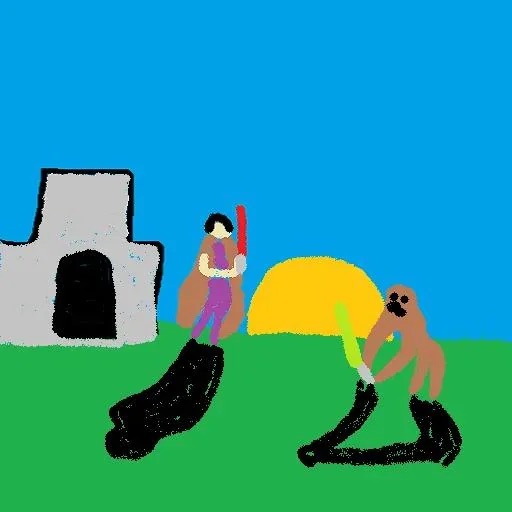
A human character fights a monster with lightsaber in a video game
|
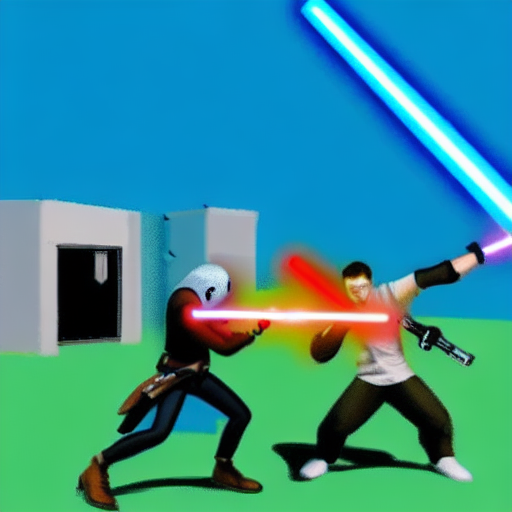 |
 |
| Target (128') | $w$ | $w+$ |
|---|---|---|
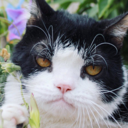 |
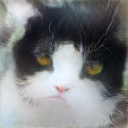 |
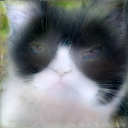 |
 |
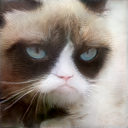 |
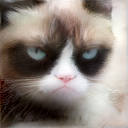 |
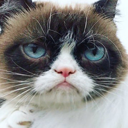 |
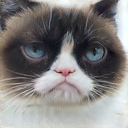 |
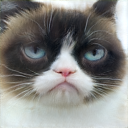 |
| Target (256') | $w$ | $w+$ |
|---|---|---|
 |
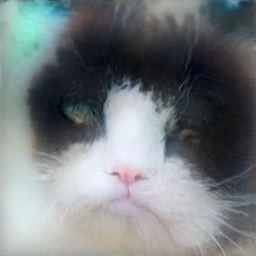 |
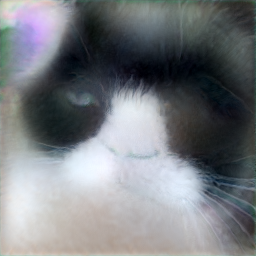 |
 |
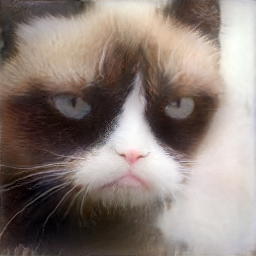 |
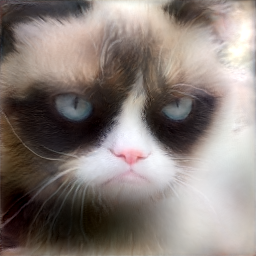 |
 |
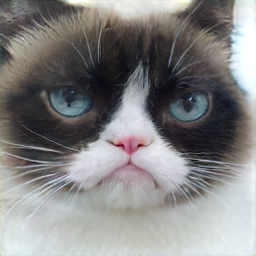 |
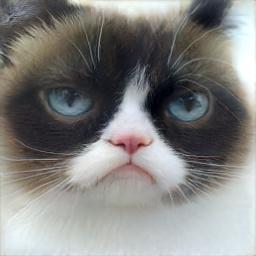 |